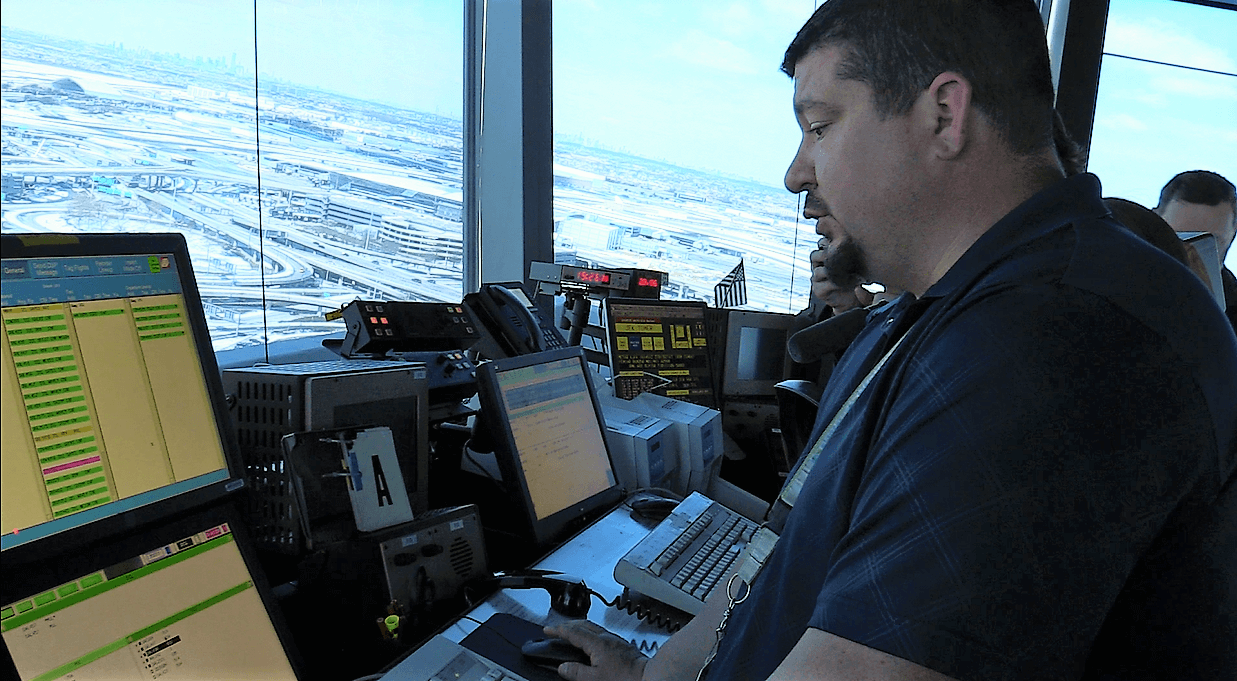
March 25, 2020
An NBAA webinar titled “When COVID-19 Causes ATC Zero Disruptions – Planning Considerations” provided attendees with valuable resources for obtaining real-time information on ATC service changes caused by virus-infected controllers at some FAA facilities.
“This situation [COVID-19] is unique and continually evolving,” said Steve Brown, NBAA’s chief operating officer and former FAA associate administrator for air traffic services, as he introduced the other presenters. “It is challenging for everyone involved and will have an impact on FAA facilities, as well as everyone using the ATC system.”
Six ATC facilities – including towers at Chicago Midway and Las Vegas McCarren International Airports, as well as Indianapolis and New York Centers – are currently operating at diminished levels, ranging from limited staffing, to ATC alert or even ATC Zero.
How can operators and pilots best prepare for these frequently changing scenarios?
Brown and fellow presenters Heidi Williams, NBAA’s director of air traffic services and infrastructure, and David Villegas, a former controller who is now a specialist with NBAA Air Traffic Services at the FAA ATC System Command Center, explained how air traffic is transferred to upper, lower or adjacent control facilities if one facility is not fully operational.
Villegas called it a “very fluid situation” but believes responses within the FAA and with other agencies and industry have been well-coordinated.
Indeed, that is one lesson learned from recent COVID-19-driven ATC outages: while these outages have tested the norm and contingency plans in place, the FAA has been able to isolate diagnosed personnel and disinfect facilities quickly, while seamlessly transferring air traffic control to other facilities.
Williams strongly urged operators and pilots to be prepared for additional ATC Zero conditions. Specifically, she recommended having enough fuel not only to reach an alternate airport, but also for a diversion outside of impacted airspace. She also suggested that pilots thoroughly review airport diagrams pre-flight, in the event a normally controlled airport becomes an uncontrolled airport. In addition, flight crews should brush up on uncontrolled airport procedures.
Perhaps most important, Williams advised operators to use common sense. If an airport is downgraded to uncontrolled operations for a period of time, consider whether your flight to or from that field is truly necessary or if there might be a better option.
Presenters shared a number of resources for pilots and operators:
- A map provided by the FAA depicting ATC facilities currently impacted
- NBAA Coronavirus (COVID-19) Resources
- NBAA Airspace/Airport Alerts, an email subscription service for NBAA members
Finally, the webinar presenters fielded a number of questions from attendees, perhaps the most pressing being, “If I’m already en route, what do I do?”
“In many cases, it’s going to be seamless to you,” said Williams. “You may be worked by an adjacent ATC facility.” If a major facility’s status changes to ATC Zero and you’re not already in the terminal environment, you might be diverted, she added.
This NBAA News Hour webinar is just one in a series of educational opportunities NBAA has planned for the coming weeks on operational considerations in light of the COVID-19 pandemic. Learn more about NBAA News Hour webinars – both upcoming webinars and past webinar recordings.


 International Business Aviation Council Ltd.
International Business Aviation Council Ltd.